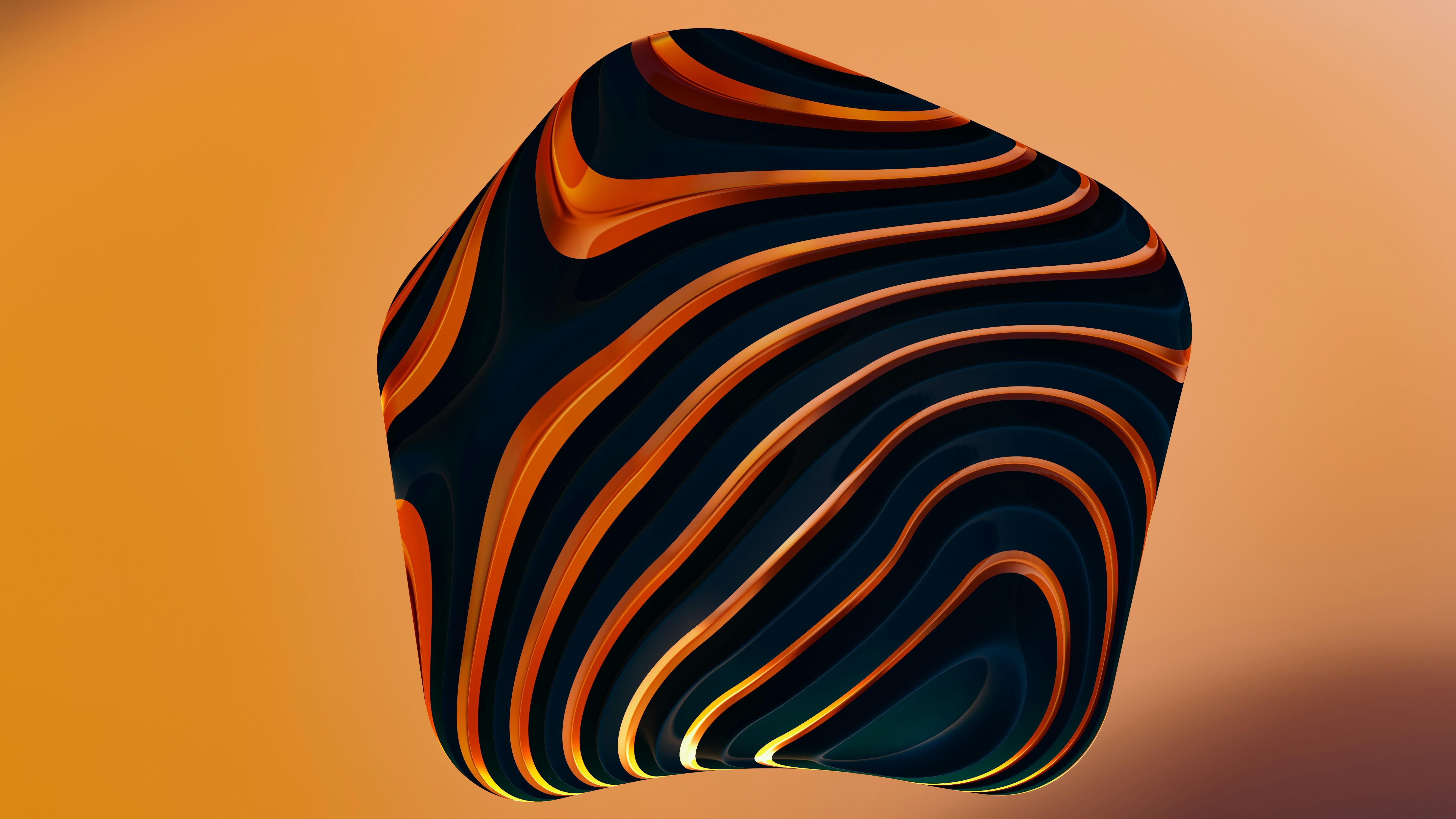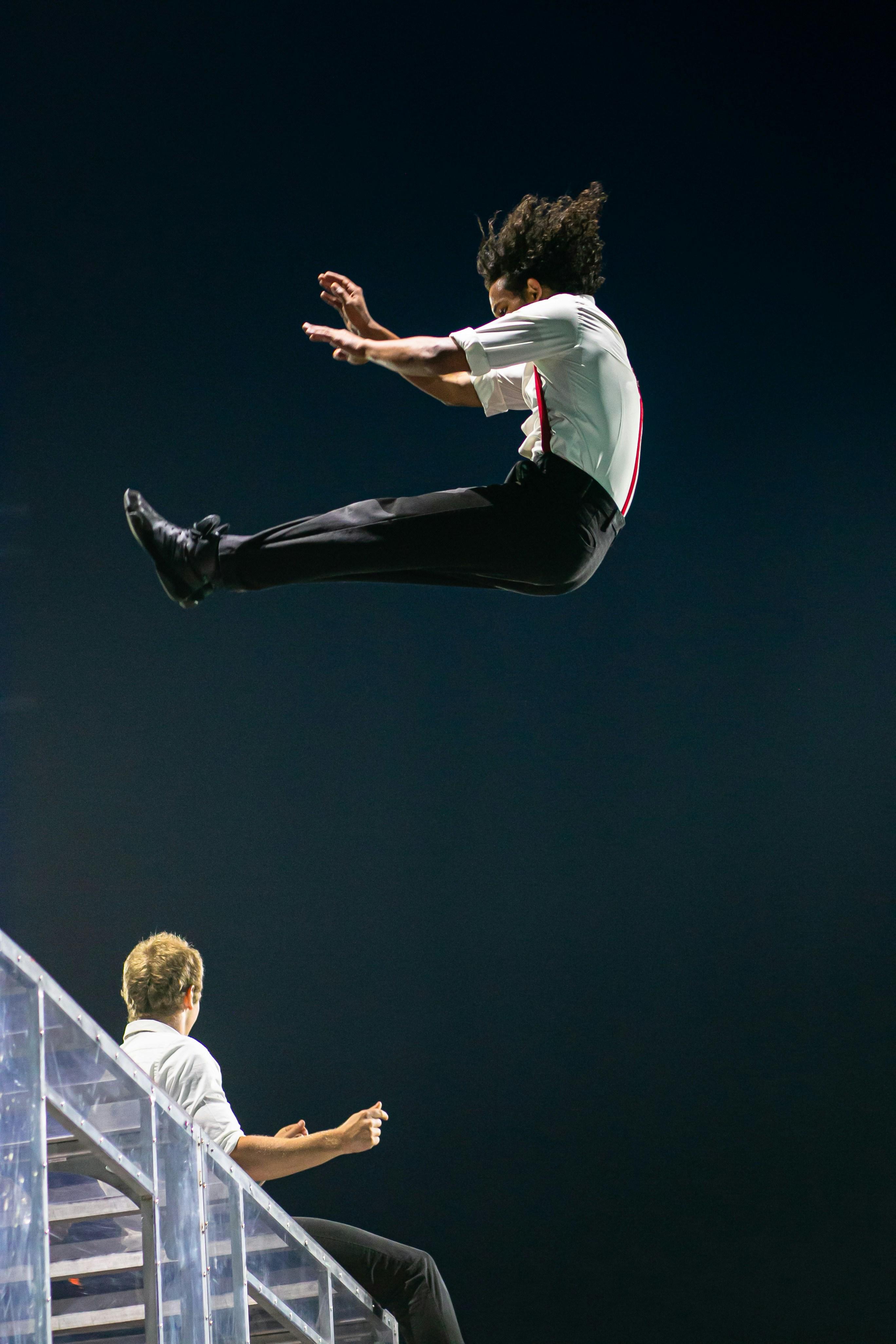In the realm of cinematic marvels, few films have captured the essence of space as vividly as Alfonso Cuarón‘s “Gravity.” This visual masterpiece transports audiences into the weightless expanse of the cosmos, where Sandra Bullock and George Clooney appear to float effortlessly against the backdrop of Earth. But how did filmmakers achieve such a convincing portrayal of zero gravity without ever leaving the planet? This article delves into the ingenious blend of visual effects and practical techniques that brought the illusion of weightlessness to life, unraveling the intricate dance between technology and artistry that made “Gravity” a groundbreaking triumph in modern cinema.
Crafting Weightlessness: The Art of Visual Illusion
In the world of visual storytelling, creating the sensation of weightlessness requires a seamless blend of artistry and technology. Visual effects (VFX) artists, alongside practical effect teams, have mastered the craft of simulating zero gravity, allowing audiences to float effortlessly through scenes. This delicate dance involves intricate wire work, green screen magic, and clever use of computer-generated imagery (CGI) to erase the constraints of earthly physics.
Key techniques include:
- Wire Suspension: Actors are rigged with invisible wires, enabling graceful, controlled movements that mimic floating.
- Rotating Sets: These create the illusion of changing gravitational directions, enhancing the sense of disorientation.
- Fluid Dynamics Simulations: Used in CGI to replicate the behavior of liquids in microgravity, adding to the realism.
- Slow Motion Filming: Offers a dreamy, ethereal quality to movements, emphasizing the absence of gravity.
By combining these elements, filmmakers invite viewers into a realm where gravity is but a distant memory, crafting moments of pure cinematic magic.

Seamless Blends: Merging CGI and Practical Effects
In the cinematic masterpiece Gravity, the boundary between CGI and practical effects dissolves, creating an immersive zero-gravity experience. The filmmakers ingeniously employed a combination of advanced computer-generated imagery and tangible techniques to transport audiences into the void of space. By crafting a seamless visual narrative, they achieved a level of realism that blurs the lines between reality and imagination.
- Light Box Technology: A specially designed light box was utilized to simulate the dynamic lighting of space, enhancing the authenticity of the CGI elements.
- Rigging Systems: Actors were suspended on intricate rigs, allowing for fluid, natural movement that CGI alone could not replicate.
- Meticulous Planning: Every scene was meticulously storyboarded to ensure the CGI complemented the physical performances perfectly.
This innovative fusion of techniques not only captivated audiences but also set a new standard for visual storytelling, proving that the marriage of CGI and practical effects can yield extraordinary results.

Mastering Motion: Techniques for Simulated Zero Gravity
Creating the illusion of weightlessness requires a blend of innovative visual effects and practical methods. Wirework and harness systems are often employed to give actors the freedom to float and glide, mimicking the absence of gravity. This technique, when combined with carefully choreographed movements, helps to maintain the authenticity of zero gravity, as actors are trained to move in slow, deliberate motions to replicate the physics of space.
On the VFX front, digital compositing plays a crucial role. It involves layering multiple elements to create a seamless environment where gravity seems nonexistent. Green screens are used extensively to isolate actors and integrate them into digital backdrops, while rotoscoping allows for precise control over their motion paths. Additionally, particle simulations can add subtle environmental cues, like floating dust or drifting objects, enhancing the overall illusion of a gravity-free space.
Realism in Space: Achieving Authenticity Through Innovation
In crafting the immersive experience of Gravity, the filmmakers embarked on a journey to replicate the weightlessness of space with unprecedented authenticity. By ingeniously blending visual effects and practical techniques, they created a seamless illusion of zero gravity that captivated audiences worldwide. The film’s team employed a combination of techniques, including the innovative use of a “lightbox”—an array of LED panels that surrounded the actors, allowing for realistic lighting and reflection effects. This setup provided the flexibility to simulate the shifting light conditions of space without traditional green screens.
- Wire Work: Actors were suspended on wires, allowing them to float and spin in a manner that mimicked the physics of space.
- Robotic Camera Rigs: These were used to capture fluid, continuous shots, enhancing the feeling of weightlessness.
- CG Enhancements: Digital effects were meticulously integrated to erase any signs of the physical apparatus and to add the vastness of space around the actors.
The meticulous attention to detail and the synergy between practical effects and digital innovation not only pushed the boundaries of filmmaking but also set a new standard for realism in cinematic depictions of space.

